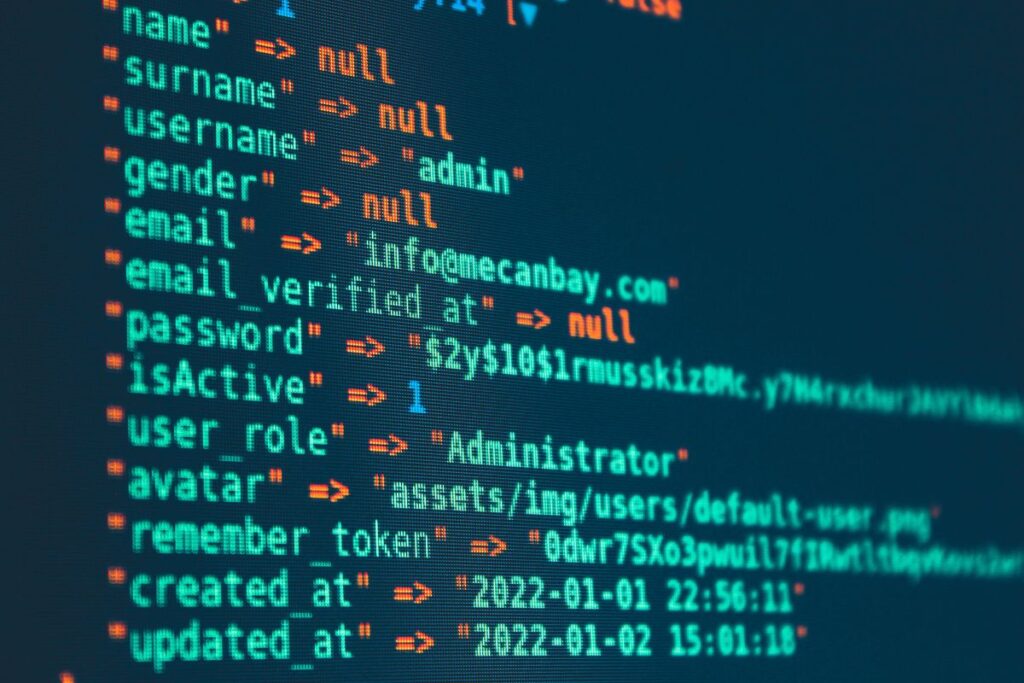Programming is more than just writing code—it’s about solving problems, creating value, and bringing ideas to life through technology. For beginners and seasoned developers alike, understanding the journey from concept to implementation is crucial to success. This blog explores essential programming lessons that will guide you in transforming your ideas into functional, efficient, and maintainable code.

1. Start with a Clear Concept
Every successful program starts with a well-defined idea. Before you dive into coding, take time to clarify the concept you want to build.
Key Questions to Ask:
- What problem am I solving? Understand the issue your program will address. This will shape the features and functionality of your application.
- Who is my audience? Tailoring your solution to the needs of users ensures it’s practical and user-friendly.
- What are the core features? Focus on building a Minimum Viable Product (MVP) before adding advanced features.
For example, if your idea is to create a task management app, start by defining its primary purpose (e.g., organizing tasks) and identifying key features like adding, editing, and deleting tasks.
2. Plan Before You Code
Jumping straight into coding without a plan can lead to messy, inefficient code. A well-thought-out plan saves time and prevents unnecessary rework.
Steps to Plan Effectively:
- Outline the Workflow: Use flowcharts or diagrams to map out how the application will function. Visual representations make it easier to identify potential challenges.
- Write Pseudocode: Outline the program’s logic in plain language. This serves as a blueprint for your actual code.
- Break It Down: Divide the project into smaller, manageable tasks or modules. Tackle them one at a time.
For instance, a task management app might include modules for user authentication, task management, and notifications. Each module can be built and tested separately before integration.
3. Choose the Right Tools and Languages
The tools and languages you choose play a significant role in your project’s success. The right choice depends on your project’s requirements and your expertise.
Factors to Consider:
- Project Type: For web applications, JavaScript frameworks like React or Angular are popular. For data analysis, Python or R might be more suitable.
- Scalability: Choose tools that can handle future growth if your project expands.
- Community Support: Opt for languages and frameworks with active communities. They offer resources, libraries, and help when you encounter challenges.
For example, if you’re building a simple website, HTML, CSS, and JavaScript might suffice. But for a scalable e-commerce platform, you might need Node.js for the back-end and React for the front-end.
4. Master the Fundamentals
No matter how advanced a programmer becomes, a strong grasp of fundamentals remains essential. Advanced concepts and frameworks are built on these core principles.
Core Programming Concepts:
- Data Structures and Algorithms: Understand arrays, linked lists, stacks, queues, and algorithms like sorting and searching.
- Control Structures: Master conditionals, loops, and recursion to control program flow.
- Object-Oriented Programming (OOP): Learn concepts like classes, objects, inheritance, and polymorphism for structured code.
For instance, efficiently managing a to-do list in a task management app might require using a data structure like an array or a linked list to store tasks.
5. Write Clean and Readable Code
Readable code isn’t just for others—it’s for your future self. Writing clean code ensures your programs are easier to debug, maintain, and extend.
Best Practices for Clean Code:
- Use Meaningful Names: Variables, functions, and classes should have descriptive names that reflect their purpose.
- Follow Consistent Formatting: Indentation, spacing, and naming conventions should be consistent throughout the project.
- Keep Functions Simple: Each function should perform one task and do it well. Avoid long, complicated functions.
- Comment and Document: Use comments to explain complex logic and write documentation for APIs and modules.
For example, instead of naming a variable x, use taskDueDate to clearly indicate its purpose.
6. Test Your Code Thoroughly
Testing is an integral part of the programming process. It ensures your code works as expected and identifies bugs before deployment.
Types of Testing:
- Unit Testing: Test individual components or functions in isolation.
- Integration Testing: Ensure that different modules work together seamlessly.
- User Testing: Get feedback from users to identify usability issues or unexpected behavior.
Automated testing tools like Jest (JavaScript) or PyTest (Python) can streamline this process. Testing early and often saves time and effort in the long run.
7. Learn to Debug Like a Pro
Debugging is a skill every programmer needs. Bugs are inevitable, but a systematic approach can make fixing them less frustrating.
Debugging Tips:
- Understand the Error Message: Read and interpret error messages carefully. They often point directly to the problem.
- Use Debugging Tools: Most IDEs offer built-in debuggers that let you step through your code to identify issues.
- Log Strategically: Insert print statements or use logging libraries to track the flow of your program and locate errors.
- Test in Small Chunks: Debug smaller sections of code instead of running the entire program at once.
For example, if your task management app crashes when adding a task, isolate and test the function responsible for adding tasks.
8. Optimize Your Code
After your code is functional, focus on optimizing it for better performance and scalability.
Optimization Strategies:
- Reduce Time Complexity: Choose efficient algorithms and data structures.
- Minimize Redundancy: Eliminate duplicate code and use functions or modules for repeated tasks.
- Optimize Database Queries: For database-heavy applications, avoid unnecessary queries and use indexing for faster lookups.
- Improve Front-End Performance: Minify CSS and JavaScript, and use lazy loading for images and assets.
For example, instead of looping through a list to find a task by name, use a hash table for constant-time lookups.
9. Stay Updated and Keep Learning
The tech world evolves rapidly, and staying current is essential for long-term success. Continuous learning ensures you remain competitive and prepared for new challenges.
How to Stay Updated:
- Follow Industry Blogs and Podcasts: Keep up with trends and best practices through sources like Medium, Hacker News, or tech podcasts.
- Take Online Courses: Platforms like Coursera, Udemy, and freeCodeCamp offer courses on new technologies.
- Participate in Communities: Join forums, attend meetups, or contribute to open-source projects to learn from peers.
10. Refine Through Iteration
No program is perfect on the first try. Iteration is key to improving functionality, performance, and user experience.
Steps for Refinement:
- Gather Feedback: Test your program with real users to identify pain points or areas for improvement.
- Refactor Code: Regularly review and improve your code for readability and efficiency.
- Add Features Incrementally: Build on the foundation of your MVP by adding advanced features.
For example, after launching your task management app, you might add features like task prioritization or collaboration tools based on user feedback.

Programming is a journey that transforms concepts into reality. By starting with a clear vision, planning effectively, mastering the basics, and continually refining your skills, you can turn your ideas into robust, impactful solutions. Remember, success in programming isn’t just about writing code—it’s about solving problems creatively and efficiently.
Whether you’re building your first project or working on a large-scale application, these essential lessons will help you navigate the path from concept to code like a true professional. Happy coding!




